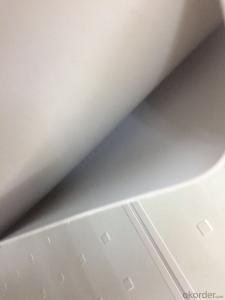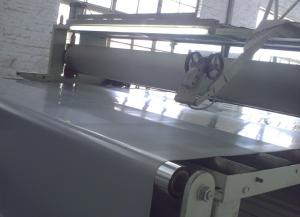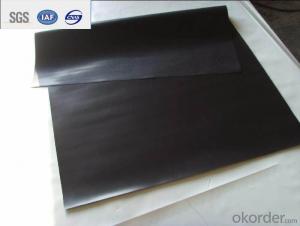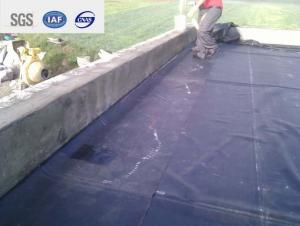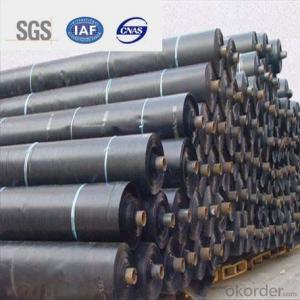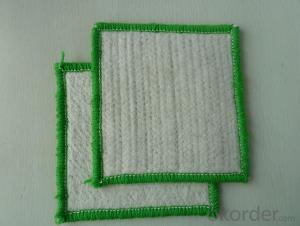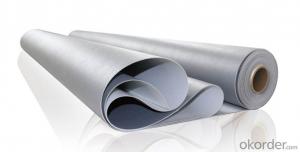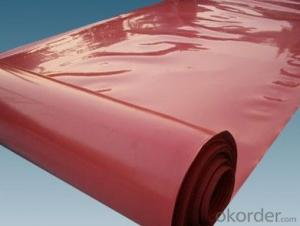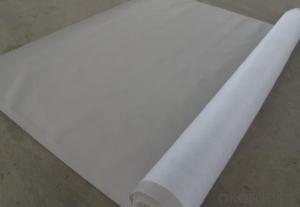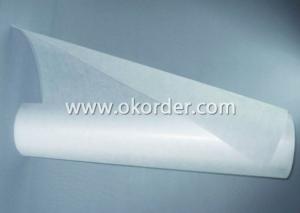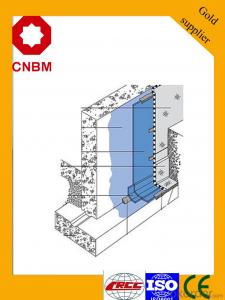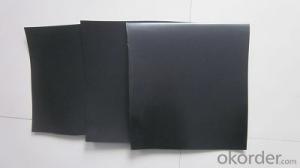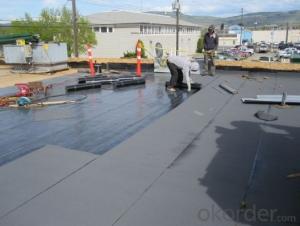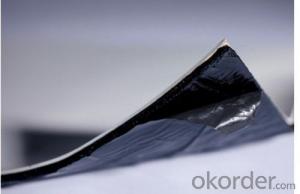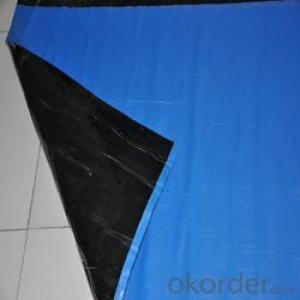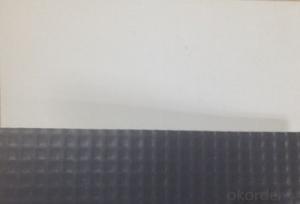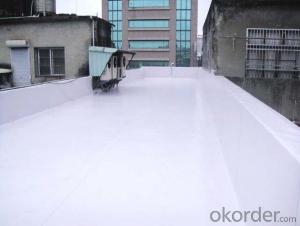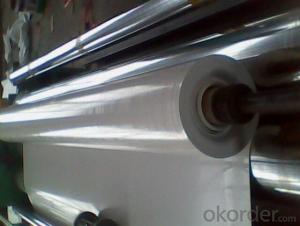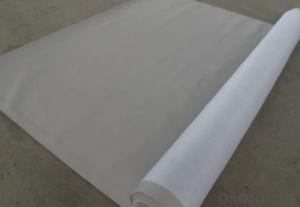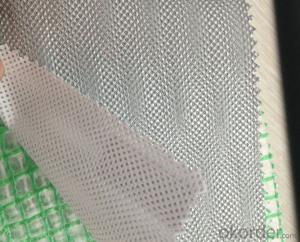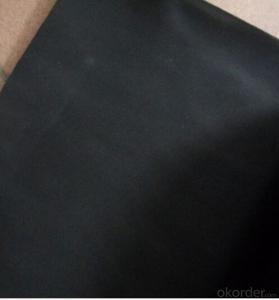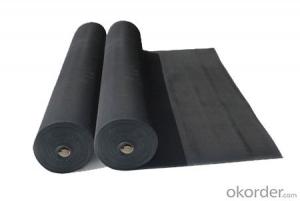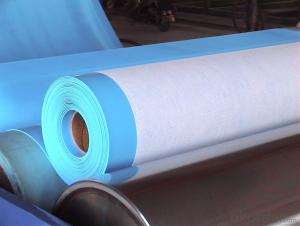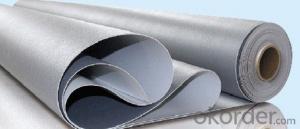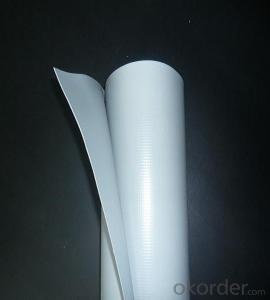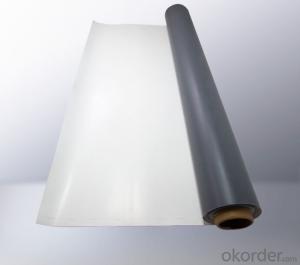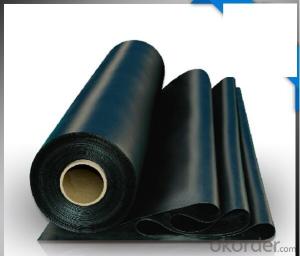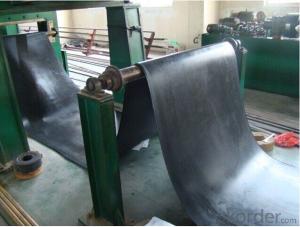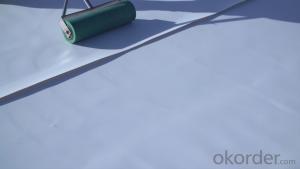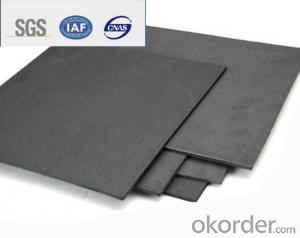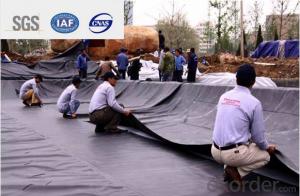Bentonite Waterproofing Membrane
Bentonite Waterproofing Membrane Related Searches
Wavy Plastic Roofing Copper Roofing Material Concrete Foundation Waterproofing Membrane Industrial Roofing Spray Foam Roofing Waterproofing Concrete Floors Material Waterproofing Spray Commercial Roofing Systems Shake Roofing Materials Synthetic Felt RoofingHot Searches
Geotextile Membrane Suppliers Bituminous Waterproofing Membrane Manufacturers Waterproofing Company Names Pvc Roofing Sheets Price India Pvc Roofing Sheets Price Plastic Flower Buckets Wholesale Wholesale Plastic Hanging Baskets Plastic Planter Liners Wholesale Grp Roofing Prices Geotextile Membrane Suppliers Breathable Roofing Felt Prices Roofing Tar Prices Bitumen Roofing Felt Suppliers Roofing Resin Suppliers Bituminous Waterproofing Membrane Manufacturers Waterproofing Company Names Grp Roofing Prices Geotextile Membrane Suppliers Breathable Roofing Felt Prices Roofing Tar PricesBentonite Waterproofing Membrane Supplier & Manufacturer from China
Okorder.com is a professional Bentonite Waterproofing Membrane supplier & manufacturer, offers integrated one-stop services including real-time quoting and online cargo tracking. We are funded by CNBM Group, a Fortune 500 enterprise and the largest Bentonite Waterproofing Membrane firm in China.Hot Products
FAQ
- Yes, a waterproofing membrane typically requires a protective layer. The protective layer helps to shield the membrane from various external factors, such as UV rays, weather conditions, mechanical damage, and chemical exposure, thereby enhancing its durability and longevity.
- Indeed, adobe block surfaces can be treated with a waterproofing membrane. These blocks, composed of a blend of clay, sand, and straw, are prone to water damage. By applying a waterproofing membrane, the infiltration of water can be prevented, thus safeguarding the adobe blocks against various moisture-related problems like cracking, erosion, or mold formation. It is essential to verify that the waterproofing membrane is suitable for adobe surfaces and adhere to the manufacturer's instructions for application. Furthermore, prior to applying the membrane, it is vital to adequately prepare the surface and address any preexisting damages to ensure optimal performance.
- Yes, waterproofing membranes are generally resistant to acid rain due to their ability to protect against water penetration and chemical exposure.
- What are the requirements for the storage of waterproofing membranes?
- Waterproof membranes are generally flammable, so the storage area prohibits fireworks.
- Yes, a waterproofing membrane can prevent water infiltration through concrete. A waterproofing membrane is a material that is applied to the surface of concrete structures to create a barrier against water penetration. It is designed to be impermeable to water and to provide a protective layer that seals the concrete surface. When properly installed, the waterproofing membrane can effectively prevent water from seeping through the concrete, thereby protecting the structure from water damage and potential structural issues. However, it is important to note that the effectiveness of a waterproofing membrane depends on the quality of the materials used, the installation process, and the maintenance of the membrane over time.
- Yes, waterproofing membranes can be used on loading docks. Waterproofing membranes are designed to provide a protective barrier against water infiltration, making them suitable for various applications, including loading docks. By installing waterproofing membranes on loading docks, it helps prevent water damage and leakage into the underlying structure, protecting the integrity and durability of the dock. Additionally, waterproofing membranes can also help enhance safety by reducing the risk of slips and falls that can occur due to wet surfaces on loading docks.
- Yes, waterproofing membranes can be used on balconies. Waterproofing membranes are specifically designed to provide a protective barrier against water penetration, making them an ideal solution for balconies that are exposed to weather elements such as rain, snow, and moisture. These membranes are typically applied to the surface of the balcony to create a seamless, watertight seal, preventing water from seeping through and causing damage to the underlying structure. The use of waterproofing membranes on balconies helps to extend their lifespan, reduce maintenance costs, and ensure the overall durability and functionality of the balcony.
